Perhaps the word, “vaporwave” or “synth-wave” is familiar. Currently, the art style is associated with these music genres. I will refer to this aesthetic as “Retro wave”. This style originates from the ’80s and ’90s and symbolizes hope, youth, and futurism. The color scheme for this “Retro wave” are usually very bright or neon colors with black or white background. “Retro wave” uses gradient for many of it’s defined objects such as sunsets or trees. The sunset and palm trees are very “Californian” hence why the style is associated with electronic, hippie, and younger music than the rock of the older generation. Lines and geometric shapes are very core to aesthetic. This aesthetic was probably influenced by the major contributions to technology, music, and the Cold War. “Retro wave” gave the youth hope for a better world.
Perhaps the most iconic “Retro wave” aesthetic is the Solo Jazz cup designed by Gina Ekiss.
Akira (1988) is another icon of this “retro wave”. While the art style is not as vibrant as the art for the “synth-wave” or vaporwave” art genre, Akira follows the themes of the aesthetic as it’s about Japan’s modernism and disconnection between the traditional adults and globalized youth. Here the large and endless buildings are a symbol of the endless possibilities of the future and the towering power of “globalization” in the view of the traditionalist.

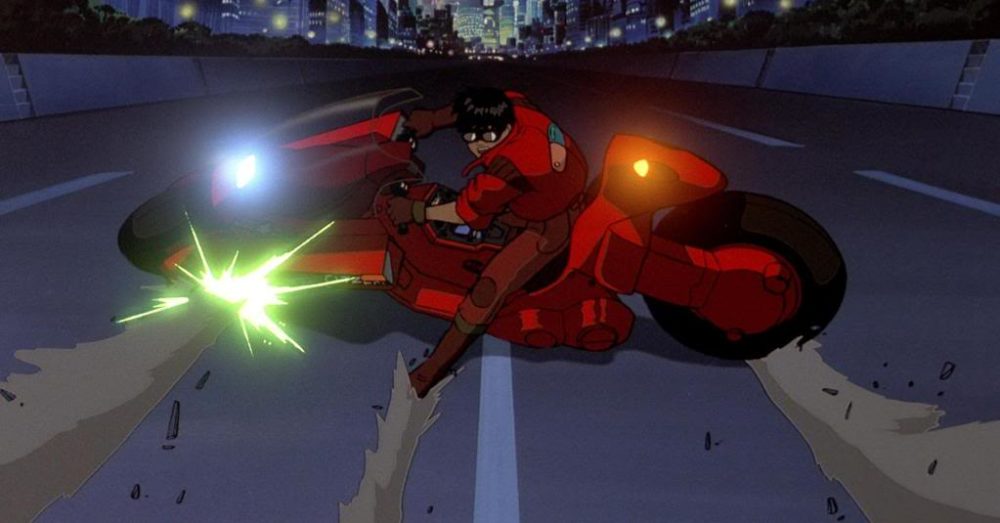
This wallpaper made by Bradly Plester is a good example of the “retro wave” style. Here you can see the gradient of the colors on the sun. The purple square floor is the epitome of endless future and possibilities.
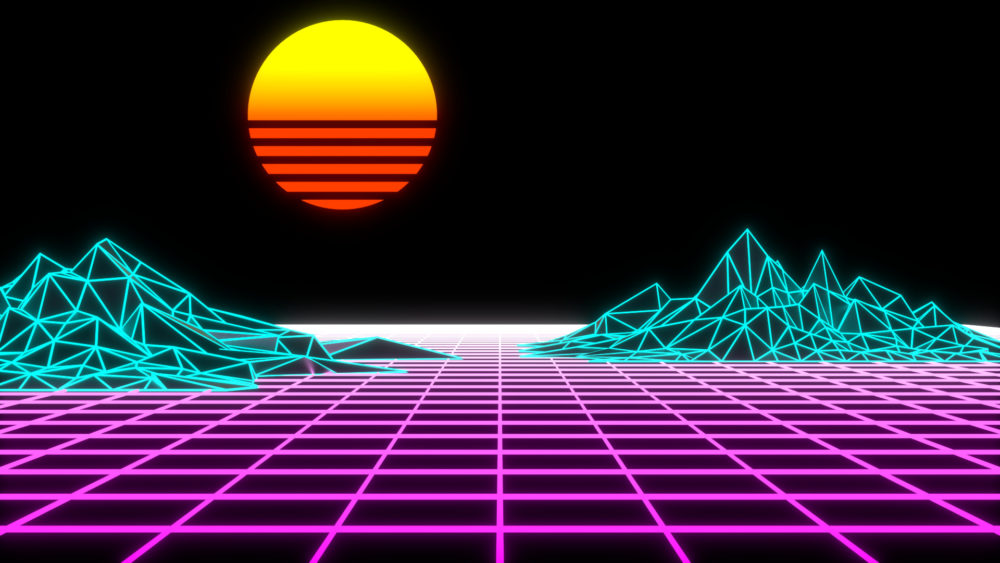
Cyber Outrun a recently published indie game uses the aesthetic in the game. The game has you, the driver, running away from the police in this “retro wave” art designed world.
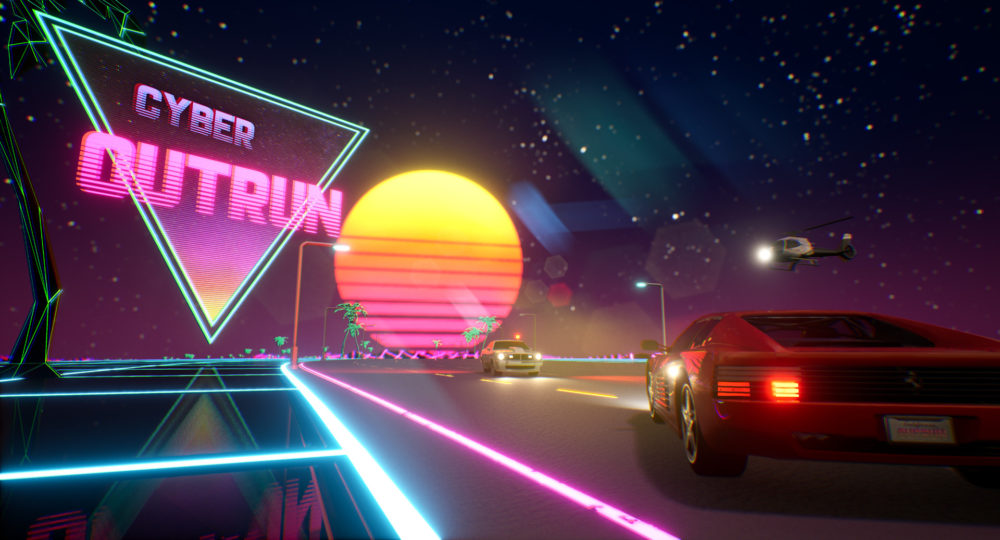
Perhaps the greatest and well-known use of “retro wave” is Tron (1982). Tron exploration of the futuristic digital world is apart of the futuristic “retro wave” design.
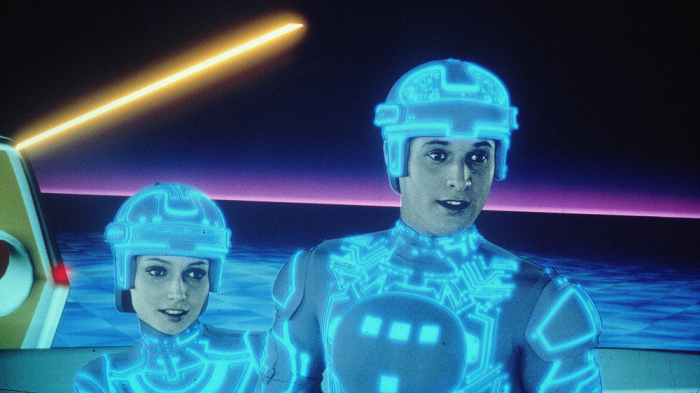
“Retro wave” has given the world a look into the future digital world. The endless possibilities in the ’80s and ’90s that build the endless tool of the internet and hope for a better world during the Cold war. The revitalization of this aesthetic in the early 2000s can be contributed to the new decade and millennium. “Retro wave” helps pave the path sci-fi, electronic music, modernism, and hope for a better, endless world.

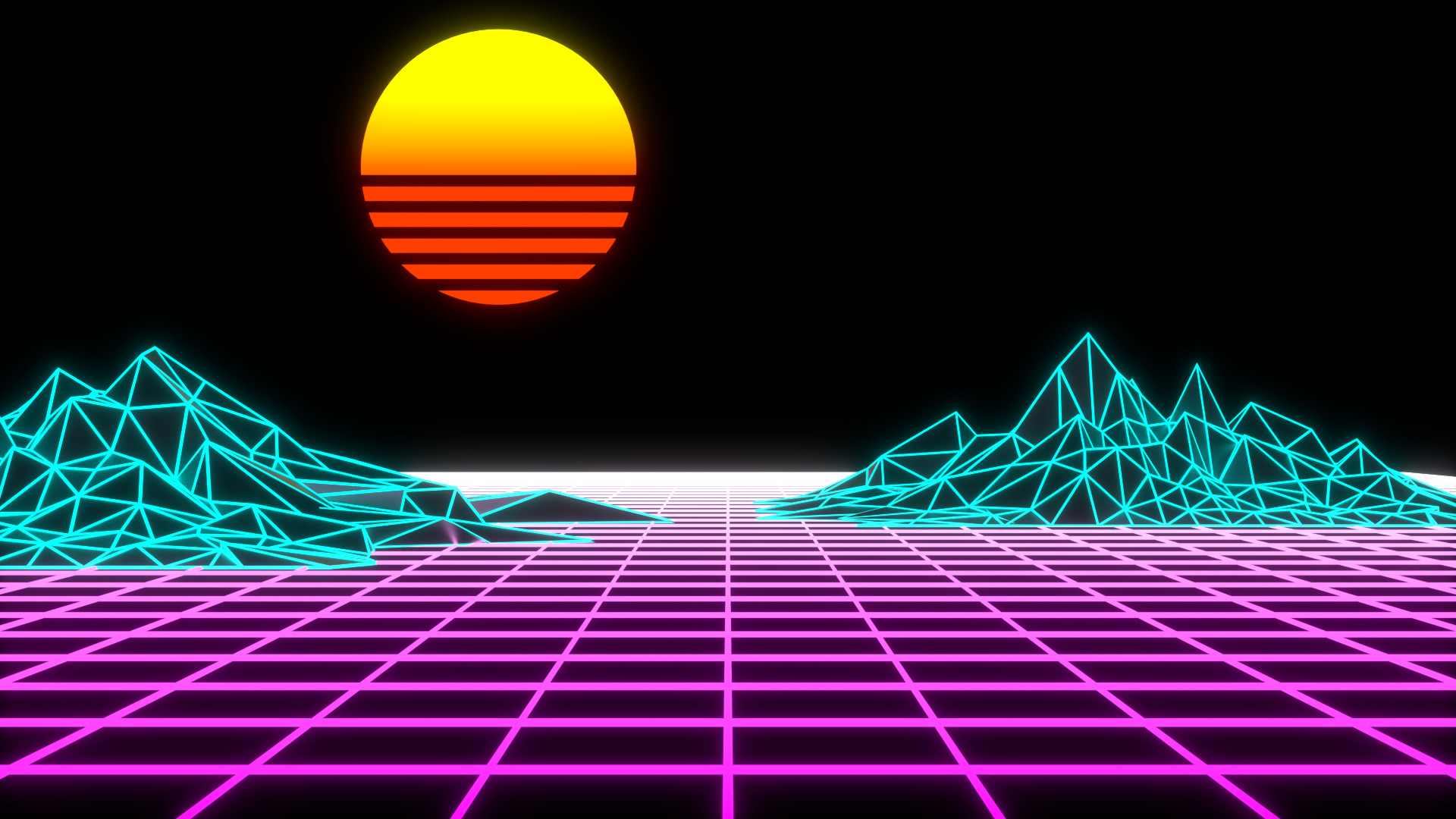

5 Comments. Leave new
[…] Aesthetic Design: 80’s and 90’s Retro Art Style […]
Hi Justin, great post to read. I find the retro aesthetic particularly interesting because there was a period where it sort of faded out of the collective ‘aesthetic’, but then suddenly recurred in popularity with the advancement of internet culture. Is it just a matter of reminiscence or nostalgia? I’m curious to hear your thoughts.
Otherwise, I love the visuals you posted – I think they give a great representation of the aesthetic. I never realized that the origin of this specific movement stemmed from the Cold War; that’s really interesting to know.
I think the nostalgia has a factor in the resurgence of the aesthetic. I think this aesthetic is still popular because this aesthetic still represents the exploration of new technology. We’re still in a technology bloom and at this pace it doesn’t feel like we will slow down. I think the internet culture really appreciates the aesthetic because a lot of video games, user interfaces, and other important sensations use the retro aesthetic. Pac-man and space invader come to mind for example.
I think it’s important to clarify. The aesthetic was born during the Cold-war and many of the themes and styles seem inspired by the Cold War. I can say with certainty that the bloom of technology inspired many of the retro aesthetics in the 80’s.
This is a very interesting aesthetic to explore! I have always enjoyed the color palettes of the vaporwave aesthetic myself, and appreciate the detail you explained about its origins stemming from the Cold War and bloom of technology. My only criticism would be, I would’ve liked to have seen more examples of the retro wave aesthetic in the context of real-life designs, such as the cup one you provided. Great job on the post!
I enjoy the color palette as well. The neon and vibrant colors creates a sharp contrasts with the very dark or white background. I understand for more examples of the aesthetic, however, I hoped that visual icons “Akira” and “Tron” would help. I believe it’s important to say that I believe that the birth of this aesthetic is from the Cold War. I do however, know that “Tron” and “Akira”, with certainty, is inspired from the bloom of technology.